Control and Coordination in living organisms
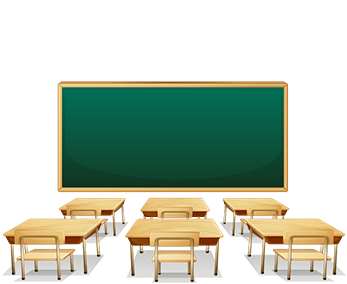
Control and Coordination in living organisms
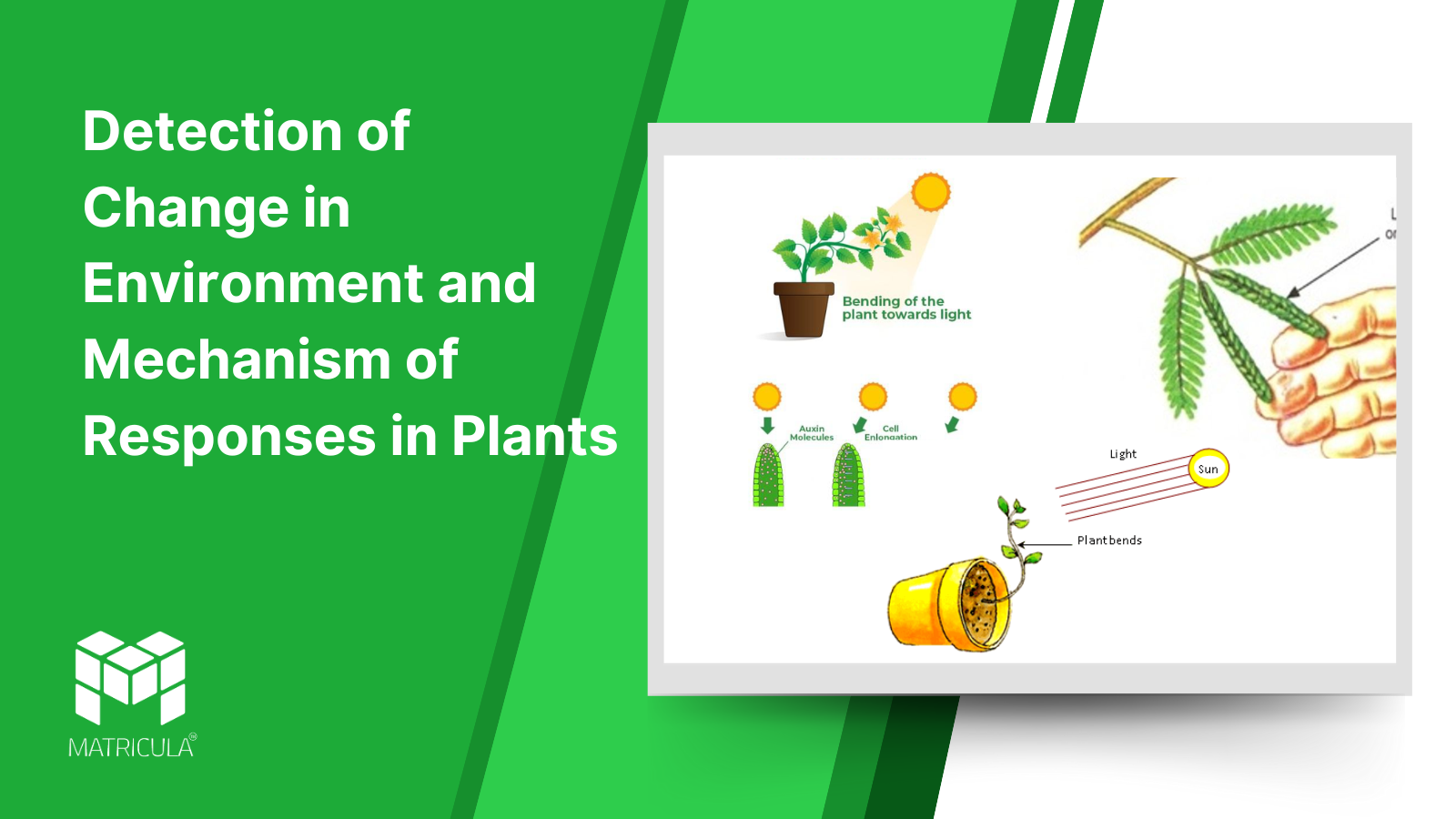
Types of Plant Movements

Types of Plant Hormones
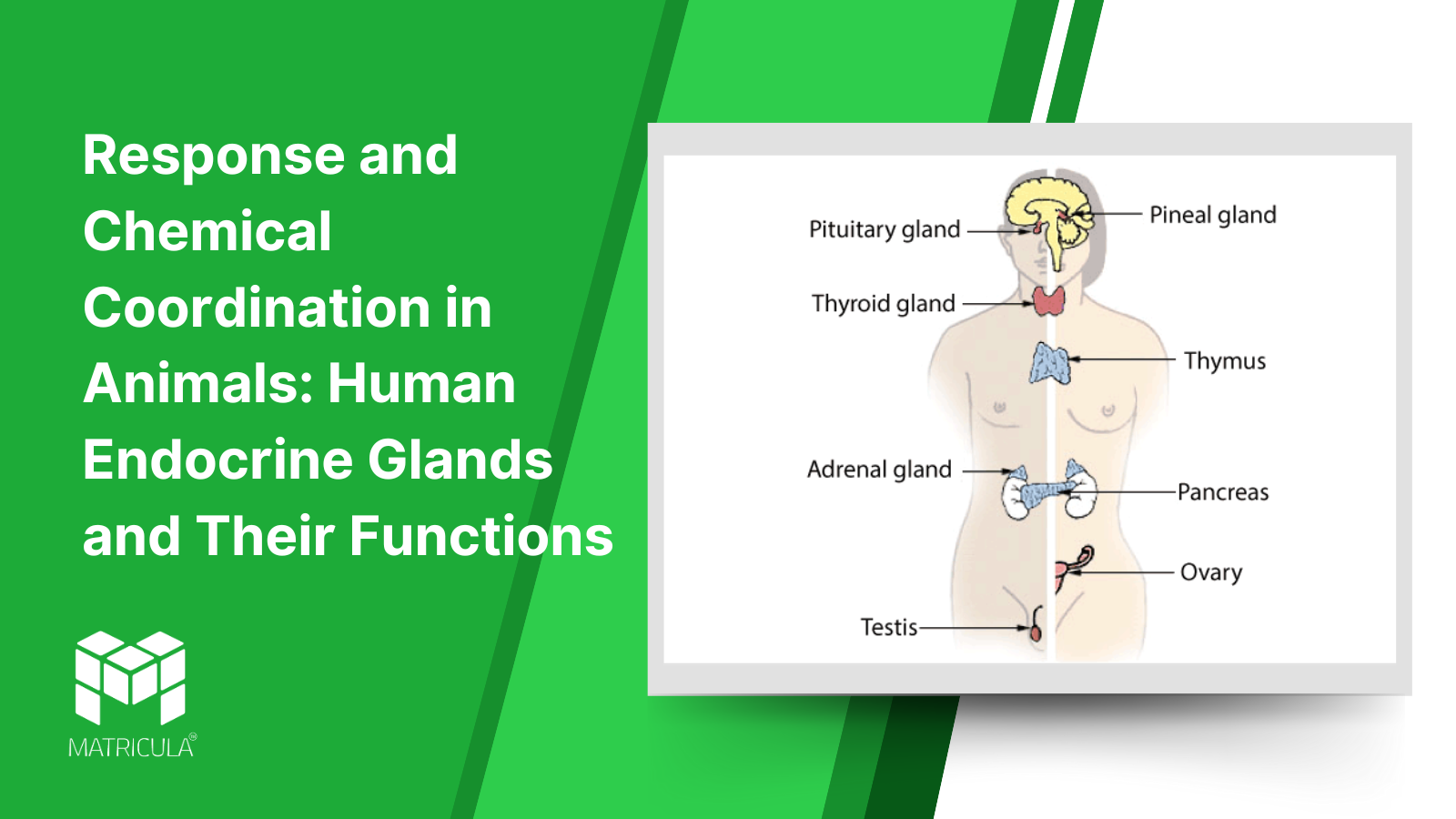
Human Endocrine Glands and Their Functions
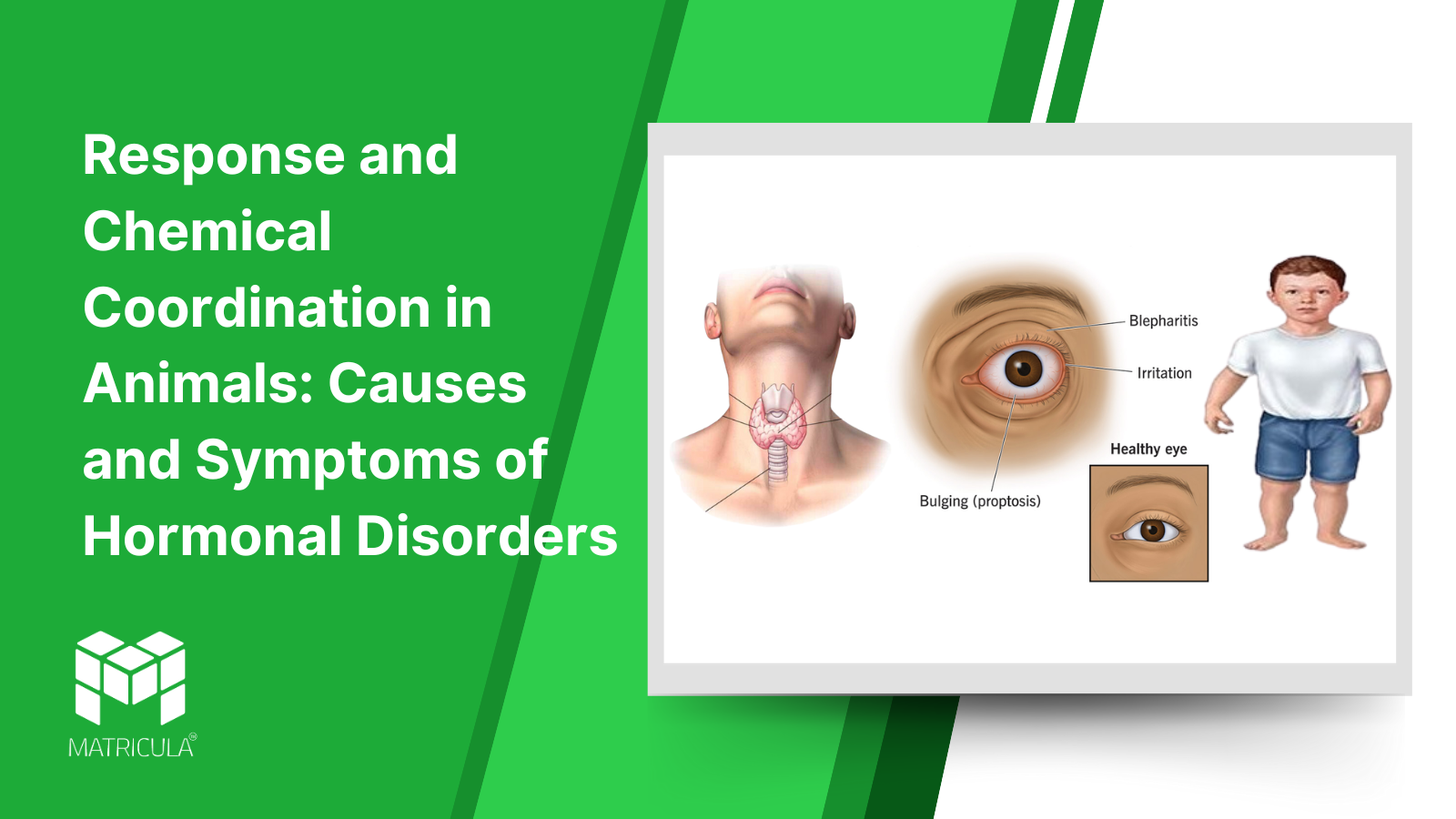
Causes and Symptoms of Hormonal Disorders
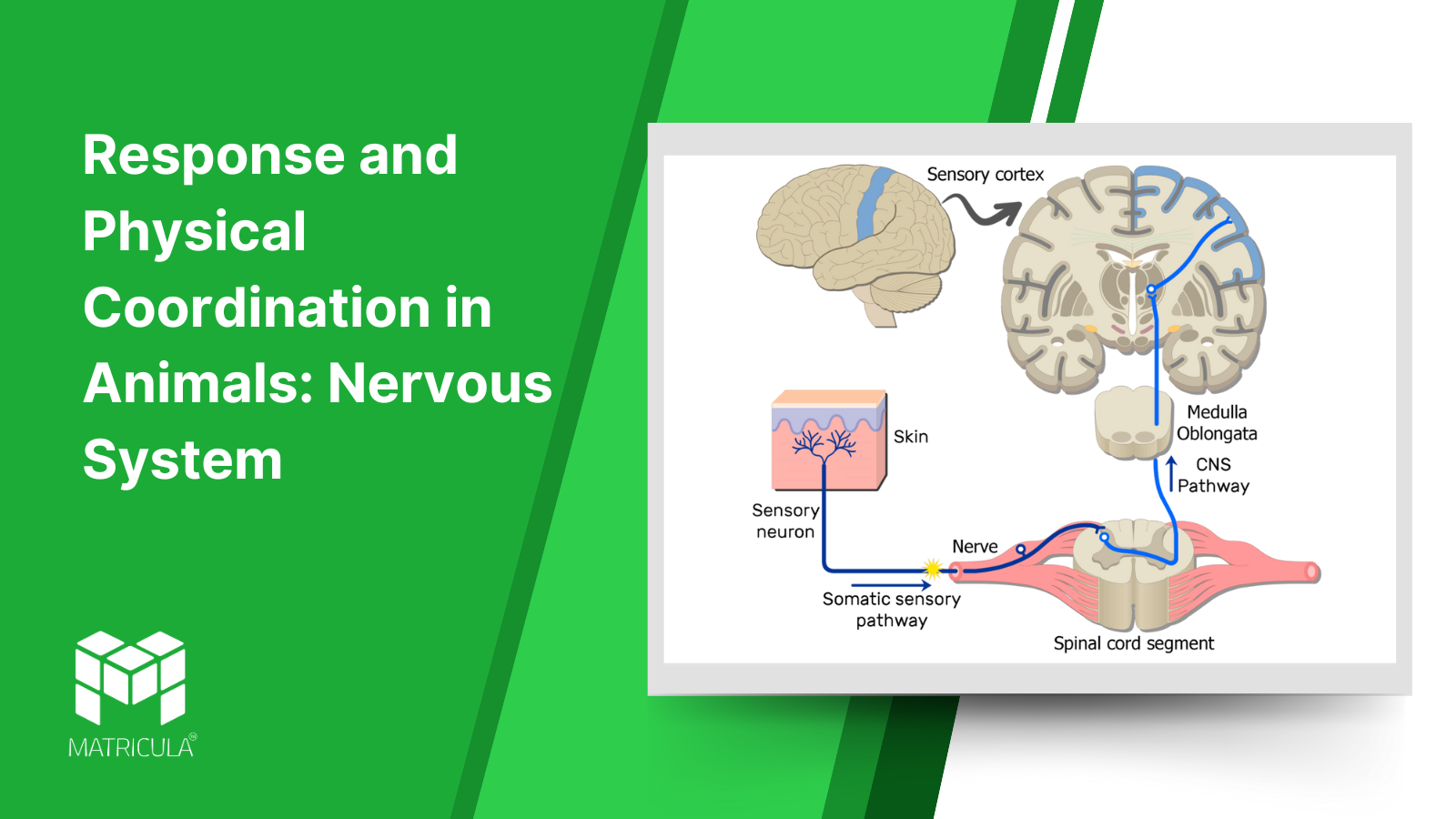
Introduction to Nervous System
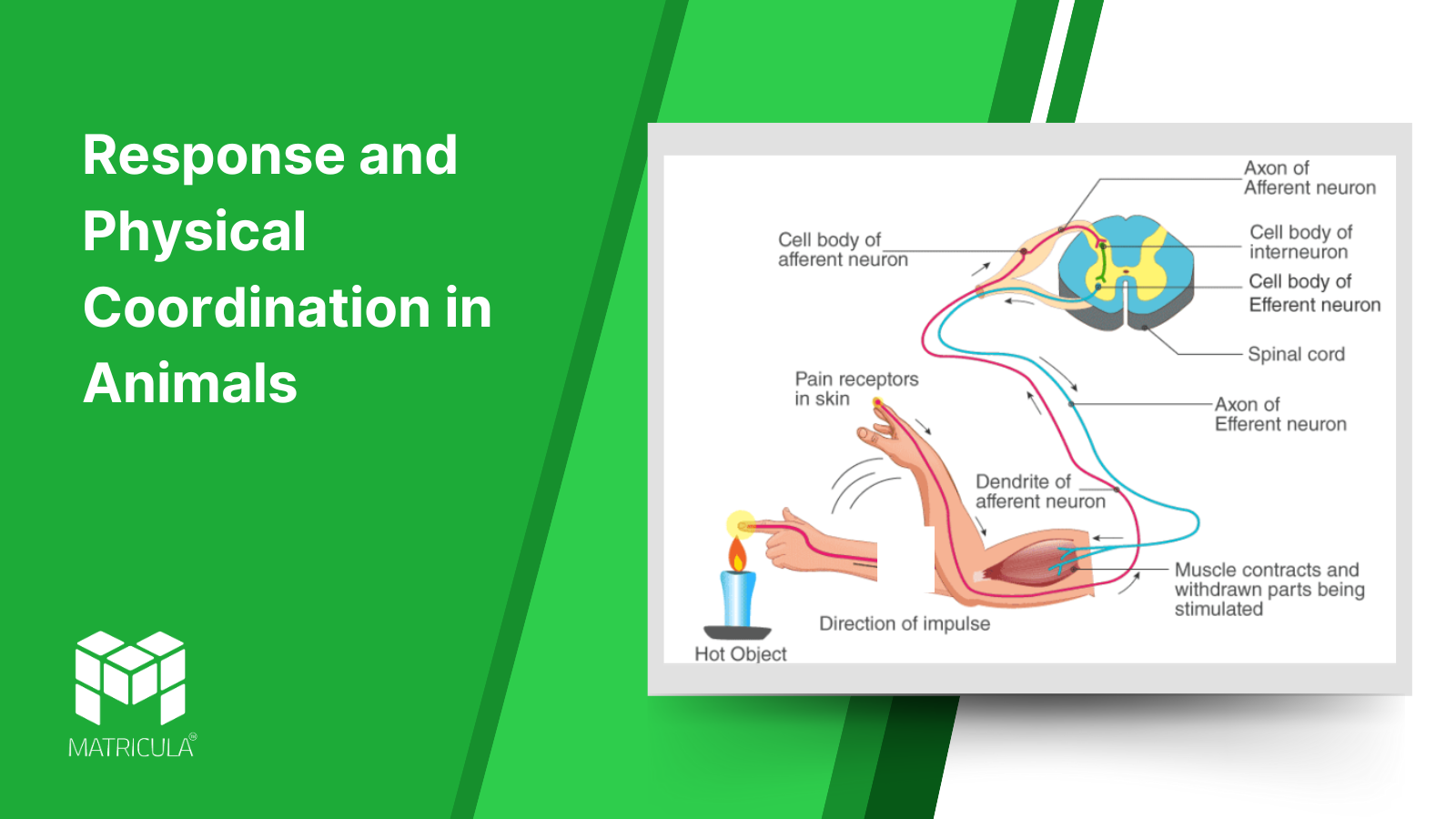
Types of Nerves
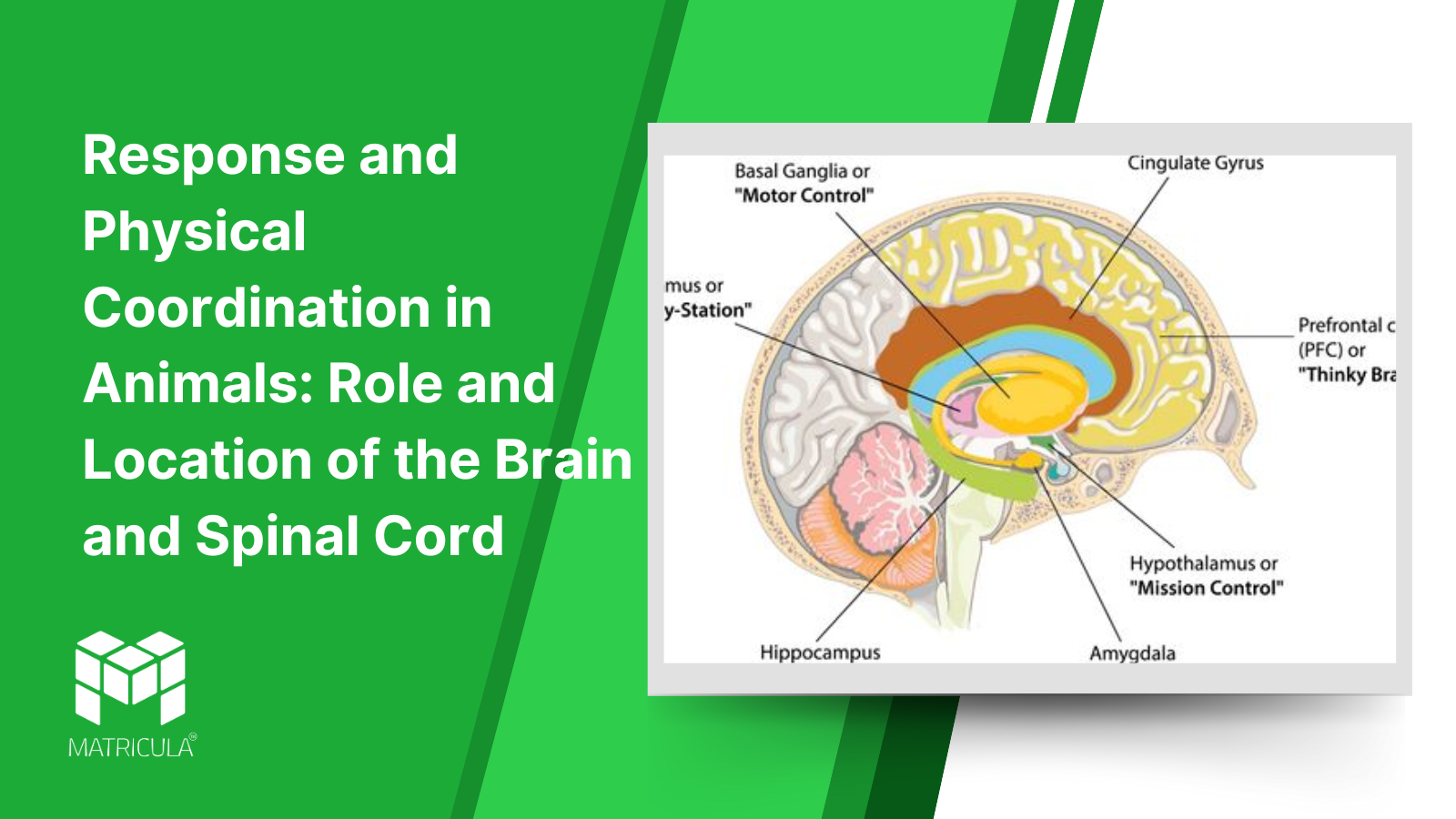
Role and Location of the Brain and Spinal Cord
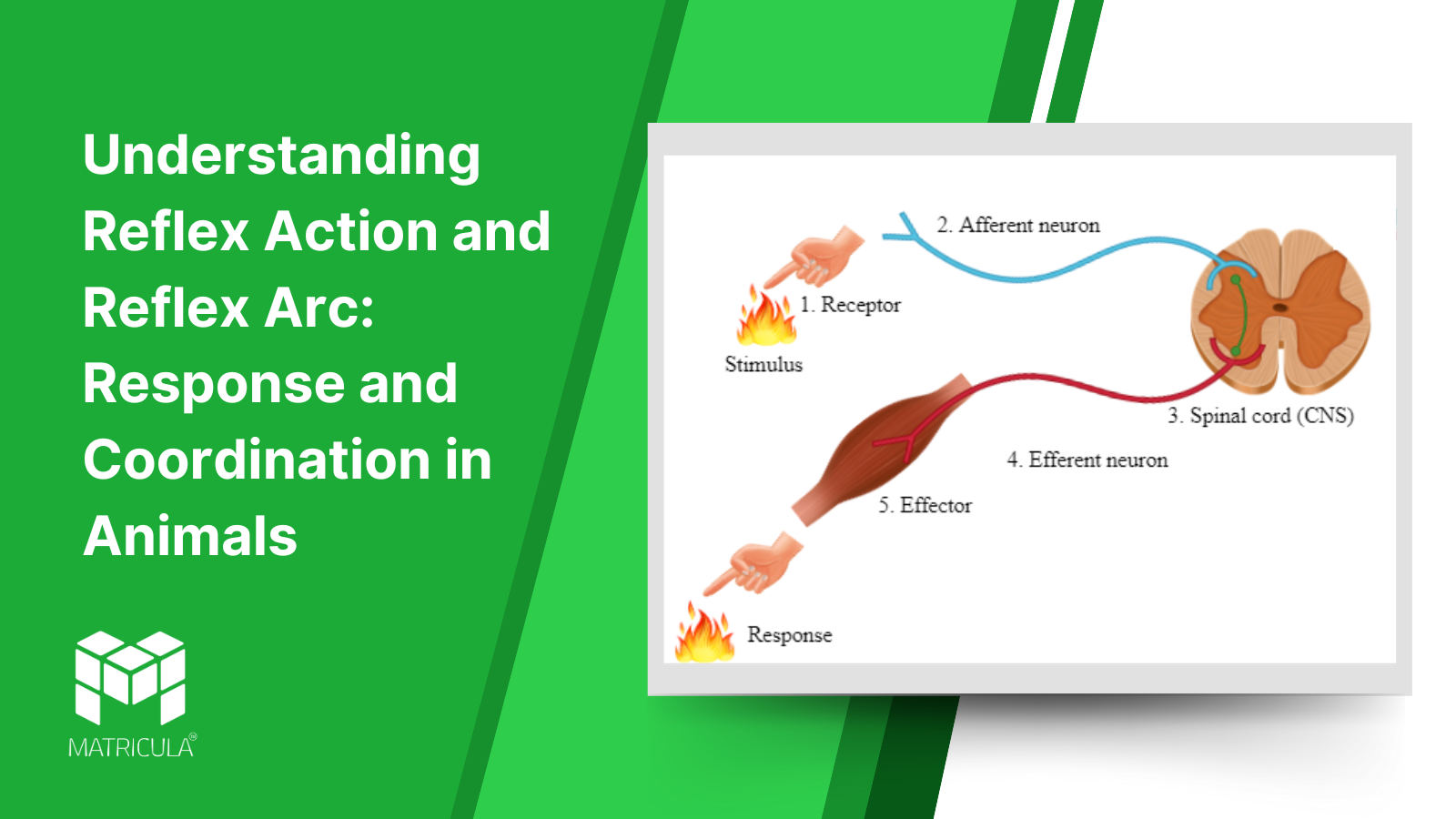
Response and Coordination in Animals
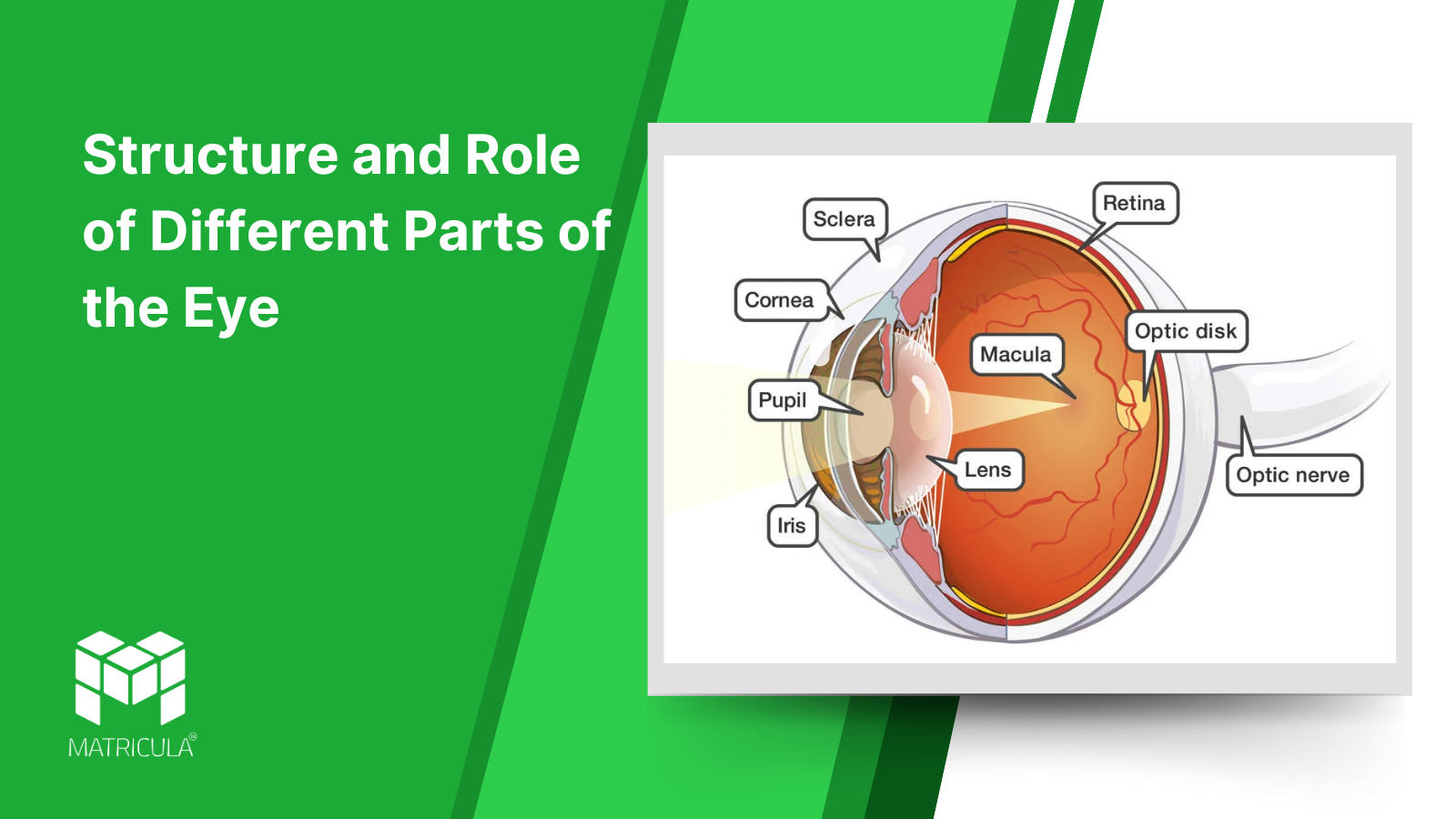
Structure and Role of Different Parts of the Eye
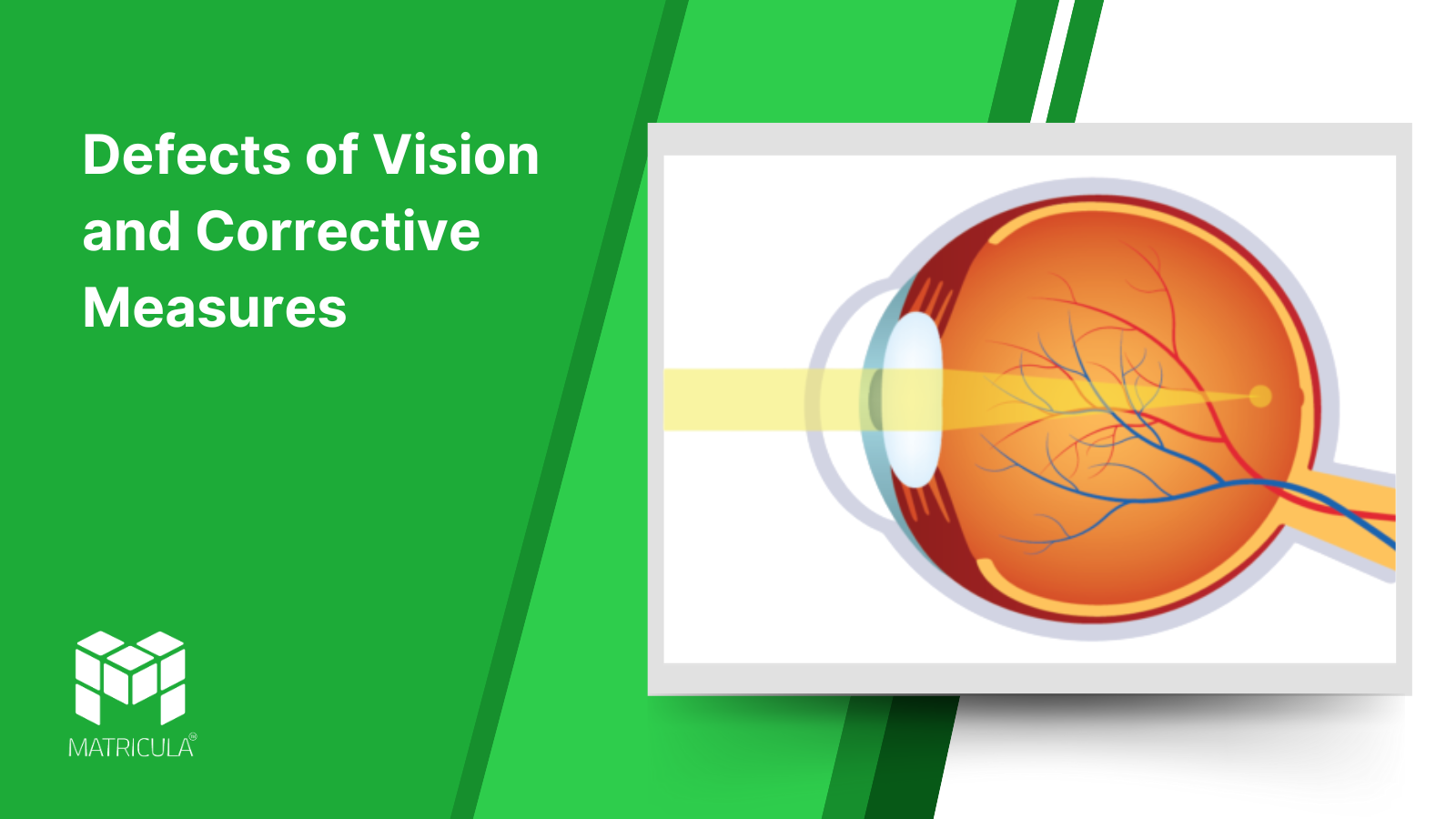
Defects of Vision and Corrective Measures
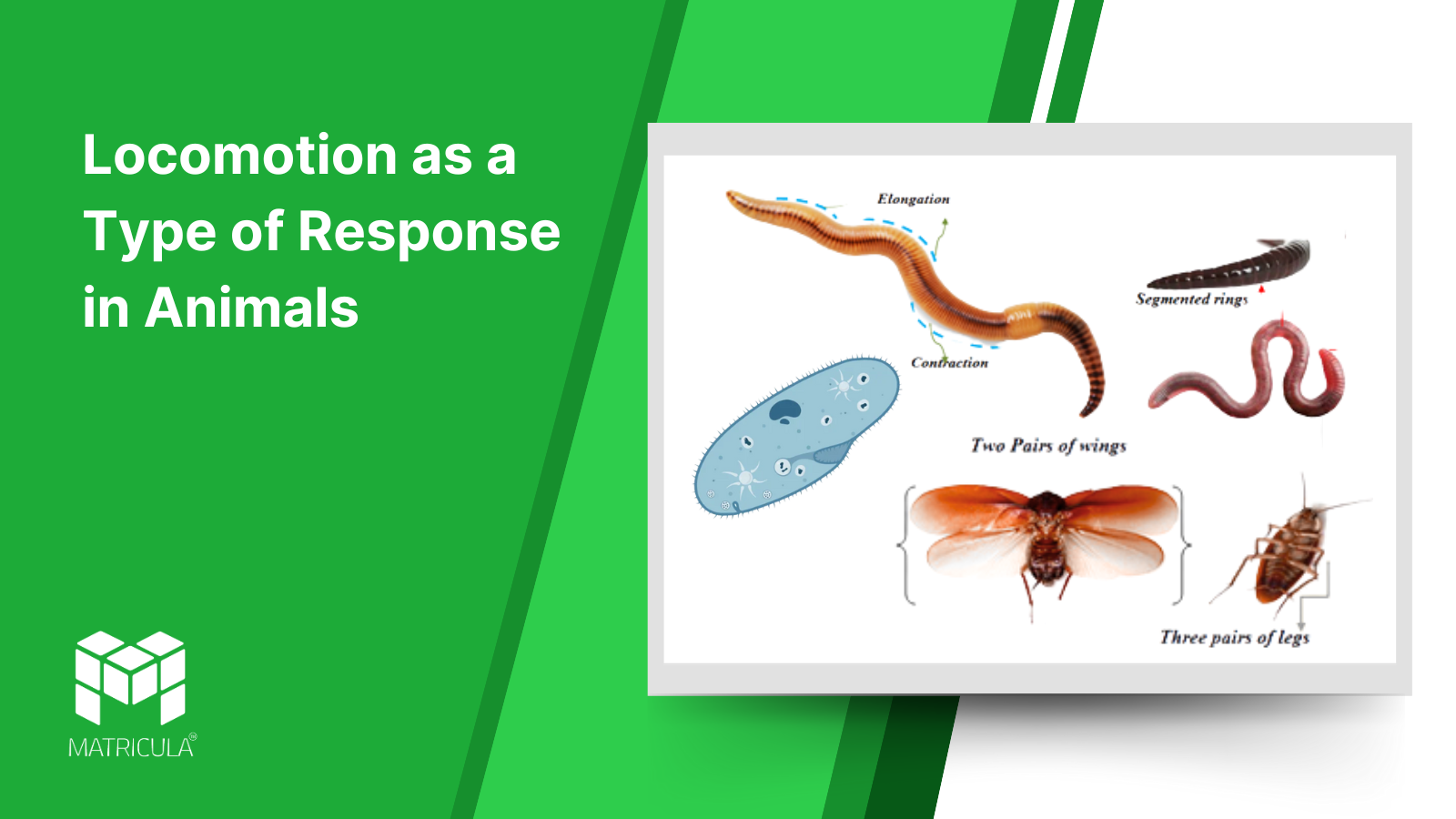
Locomotion as a Type of Response in Animals
Multiple Choice Questions (MCQ)
- Which of the following plant hormones is primarily responsible for cell elongation and stem growth?
(a) Abscisic acid
(b) Cytokinin
(c) Gibberellin
(d) Auxin
Answer: (d) Auxin - The reflex arc in animals involves which of the following sequences?
(a) Receptor → Effector → Neuron → Spinal cord → Brain
(b) Receptor → Sensory neuron → Motor neuron → Spinal cord → Effector
(c) Receptor → Sensory neuron → Spinal cord → Motor neuron → Effector
(d) Effector → Motor neuron → Spinal cord → Sensory neuron → Receptor
Answer: (c) Receptor → Sensory neuron → Spinal cord → Motor neuron → Effector - Which of the following is NOT a function of the nervous system?
(a) Transmission of nerve impulses
(b) Secretion of hormones
(c) Coordination of body movements
(d) Detection of stimuli
Answer: (b) Secretion of hormones - The movement of a plant part in response to the stimulus of touch is called:
(a) Phototropism
(b) Geotropism
(c) Thigmotropism
(d) Chemotropism
Answer: (c) Thigmotropism - Which hormone is responsible for the development of secondary sexual characteristics in human males?
(a) Estrogen
(b) Progesterone
(c) Testosterone
(d) Insulin
Answer: (c) Testosterone
Short Answer Questions (SAQ)
- Briefly explain the role of phototropism in plants and the hormone involved.
Answer: Phototropism is the directional growth movement of a plant part in response to light. Shoots typically show positive phototropism (growing towards light), while roots show negative phototropism (growing away from light). The hormone primarily responsible for phototropism is auxin. When light falls on one side of a stem, auxin concentrates on the shaded side, stimulating cell elongation on that side. This unequal growth causes the stem to bend towards the light source, ensuring maximum light absorption for photosynthesis.
- What is a synapse? Describe its function in the transmission of nerve impulses.
Answer: A synapse is the junction between two neurons or between a neuron and an effector cell (like a muscle or gland). It is a microscopic gap across which nerve impulses are transmitted. When an electrical impulse (action potential) reaches the presynaptic neuron’s axon terminal, it triggers the release of chemical messengers called neurotransmitters into the synaptic cleft. These neurotransmitters diffuse across the cleft and bind to receptors on the postsynaptic neuron or effector cell membrane. This binding can either generate a new electrical impulse in the postsynaptic neuron or cause a response in the effector cell, thus allowing the transmission of information across the nervous system.
3.List three important functions of hormones in the human body.
Answer: Hormones play crucial roles in regulating various bodily functions. Three important functions include:
- Growth and Development: Hormones like growth hormone regulate overall body growth and development, while sex hormones (estrogen and testosterone) control sexual maturation and secondary sexual characteristics.
- Metabolism: Hormones such as insulin and glucagon regulate blood glucose levels and energy metabolism. Thyroid hormones control the metabolic rate of the body.
- Reproduction: Sex hormones (estrogen, progesterone, and testosterone) are essential for the development of reproductive organs, the menstrual cycle in females, and sperm production in males.
Long Answer Questions (LAQ)
- Describe the different types of movements observed in plants in response to environmental stimuli. Explain the underlying mechanisms and the plant hormones involved in each type of movement with suitable examples.
Answer: Plants exhibit various types of movements in response to environmental stimuli. These movements can be broadly classified into tropic movements (directional growth responses) and nastic movements (non-directional responses).
- Tropic Movements: These are growth movements in a specific direction in response to a stimulus.
- Phototropism: Growth towards light (positive phototropism in shoots, negative in roots). Mechanism involves the uneven distribution of auxin due to unilateral light. Higher concentration of auxin on the shaded side stimulates cell elongation, causing bending towards light. Example: A potted plant placed near a window bends towards the light source.
- Geotropism (Gravitropism): Growth in response to gravity (positive geotropism in roots, negative in shoots). The exact mechanism is complex but involves the perception of gravity by statoliths (specialized plastids) in root caps and stem tissues. This leads to differential distribution of auxin. In roots, higher auxin concentration inhibits growth, causing downward bending, while in shoots, it stimulates growth, causing upward bending. Example: Roots always grow downwards into the soil, while stems grow upwards against gravity.
- Thigmotropism: Growth in response to touch. Specialized cells perceive contact, leading to differential growth due to the action of auxins and possibly ethylene. Tendrils of climbers coil around a support. Example: Tendrils of a pea plant wrapping around a stick.
- Chemotropism: Growth in response to chemical stimuli. The direction of growth is determined by the concentration gradient of the chemical. Example: Growth of pollen tubes towards the ovule in response to chemicals secreted by the ovule.
- Hydrotropism: Growth in response to water. Roots show positive hydrotropism, growing towards a water source. The mechanism is not fully understood but likely involves differential growth regulated by hormones in response to moisture gradients. Example: Roots growing towards a region of higher water content in the soil.
- Nastic Movements: These are non-directional movements in response to a stimulus; the direction of the response is not determined by the direction of the stimulus.
- Thigmonasty (Seismonasty): Movement in response to touch or vibration. This involves rapid changes in turgor pressure in specialized cells. Example: The folding of Mimosa pudica (touch-me-not) leaves upon touch.
- Nyctinastic Movements: Daily rhythmic movements in response to changes in light and temperature. These are also due to changes in turgor pressure in pulvinus (leaf base). Example: Opening and closing of petals of certain flowers and the sleep movements of leaves of some plants at night.
- Photonasty: Movement in response to changes in light intensity. Example: Opening of daisy flowers during the day and closing at night.
- Thermonasty: Movement in response to changes in temperature. Example: Opening of tulip flowers at higher temperatures.
- Explain the structure and function of the human nervous system, highlighting the roles of the central nervous system (CNS), peripheral nervous system (PNS), and the different types of neurons involved in reflex actions.
Answer: The human nervous system is a complex network responsible for coordinating and controlling all bodily activities. It is broadly divided into two main parts: the Central Nervous System (CNS) and the Peripheral Nervous System (PNS).
- Central Nervous System (CNS): The CNS comprises the brain and the spinal cord.
- Brain: The brain is the control center of the body, responsible for higher-level functions such as thought, memory, emotion, and voluntary actions. It receives sensory information, processes it, and sends out motor commands. The brain is further divided into the cerebrum (responsible for conscious thought, intelligence, and voluntary movement), cerebellum (coordinates balance and precision of movements), and brainstem (controls involuntary functions like breathing, heart rate, and reflexes).
- Spinal Cord: The spinal cord is a long, cylindrical structure extending from the brainstem down through the vertebral column. It acts as a communication pathway between the brain and the rest of the body. It also controls reflex actions, which are rapid, involuntary responses to stimuli.
- Peripheral Nervous System (PNS): The PNS consists of all the nerves that branch out from the brain and spinal cord to all parts of the body. It acts as a communication network, relaying information between the CNS and the body’s organs and tissues. The PNS is further divided into:
- Somatic Nervous System: Controls voluntary movements of skeletal muscles.
- Autonomic Nervous System: Controls involuntary functions of internal organs and glands (e.g., heart rate, digestion, breathing). It is further divided into the sympathetic (prepares the body for “fight or flight” responses) and parasympathetic (promotes “rest and digest” activities) nervous systems.
- Neurons and Reflex Actions: The functional unit of the nervous system is the neuron (nerve cell). There are three main types of neurons involved in a reflex action:
- Sensory Neurons: These neurons have receptors that detect stimuli (e.g., touch, heat, pain). They transmit sensory information in the form of electrical impulses from the receptors to the CNS (spinal cord or brainstem).
- Interneurons (Relay Neurons): These neurons are located within the CNS. They receive signals from sensory neurons and transmit them to motor neurons. In some simple reflexes, sensory neurons directly connect to motor neurons without interneurons.
- Motor Neurons: These neurons carry electrical impulses from the CNS to effector organs (muscles or glands), causing them to respond.
- A reflex arc is the neural pathway that mediates a reflex action. It typically involves the following components:
- Receptor: Detects the stimulus.
- Sensory Neuron: Carries the impulse from the receptor to the CNS.
- Spinal Cord (or Brainstem): Acts as the processing center, where the sensory neuron synapses with an interneuron or directly with a motor neuron.
- Motor Neuron: Carries the impulse from the CNS to the effector.
- Effector: The muscle or gland that produces the response.
The rapid and involuntary nature of reflex actions is due to the direct pathway involving the spinal cord, often bypassing conscious processing in the brain. This allows for quick responses to potentially harmful stimuli, protecting the body from injury. Example: The withdrawal reflex when you touch a hot object.

